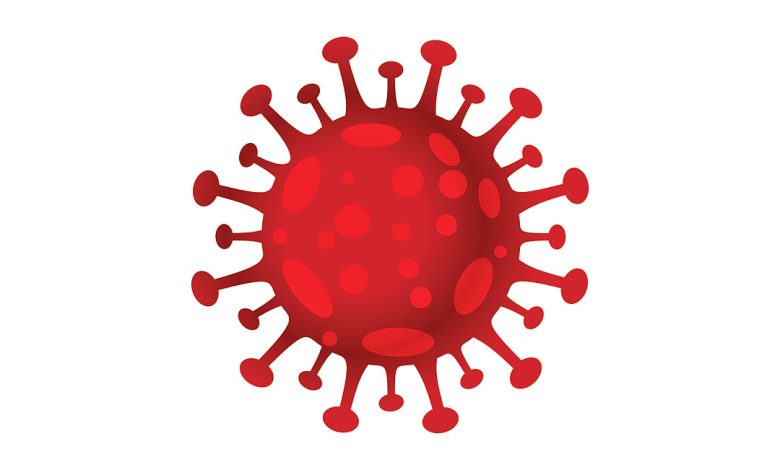Worst case for Omicron is ‘light surge’ — OCTA

PRELIMINARY DATA shows that the Omicron variant of coronavirus disease 2019 (COVID-19) is a relatively lower threat compared to the previous Delta variant, given the Philippines’ increasing vaccination rates and strict protocols, according to experts from the OCTA Research Group at a Cardinal Santos Medical Center forum on Friday.
“The worst-case [scenario] is a light surge,” said Dr. Fredegusto Guido P. David, a University of the Philippines (UP) professor, scientist, and OCTA research fellow. “Provinces with lower vaccine coverage may be vulnerable to surges and lockdowns, but threat of another lockdown in NCR (National Capital Region) is much, much lower.”
No cases of the Omicron, or B.1.1.529 variant, have been detected in the Philippines yet, the Department of Health (DoH) said Monday.
Health Undersecretary Maria Rosario S. Vergeire stressed at the press briefing that border control, biosurveillance, and community response are key in preparing the country for the variant’s arrival and possible spread during the holidays.
Mandatory quarantine in accredited hotels for inbound travelers, for example, was extended to five days for the vaccinated and seven days for the unvaccinated from the initial three days.
NO CAUSE FOR PANIC
Though the World Health Organization (WHO) named Omicron a variant of concern, this should be no cause for panic, said UP Professor and OCTA Research Fellow Ranjit S. Rye.
“Complacency should have no place in our current strategy and we should continue to be vigilant and learn as much as we can about Omicron,” he said, maintaining that the Philippines’ mask mandate is already a good form of protection.
With over 50 mutations in the Omicron variant’s spike protein, nucleocapsid protein, and membrane protein, biologists fear that the virus may now be “more infectious” and vaccines “not as effective.”
While studies are ongoing, the country must prepare infrastructure, improve staffing capacity, and continue vaccination efforts, said Fr. Nicanor R. Austriaco, Jr., a professor at the College of Science of the University of Santo Tomas, molecular biologist, and OCTA research fellow.
“This is the best shape the Philippines has been since the first wave. We have substantial immunity, our hospitals are much better equipped, our nursing staff and healthcare workers are much more experienced, and they know how to deal with COVID-19,” he said. — Brontë H. Lacsamana




